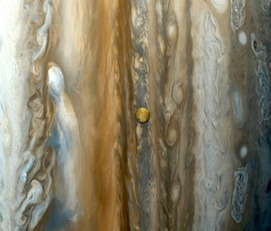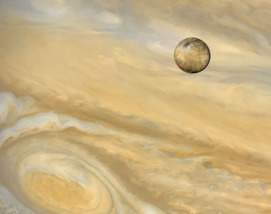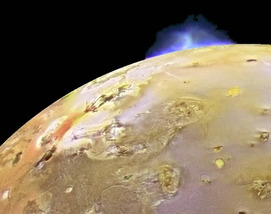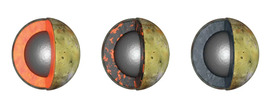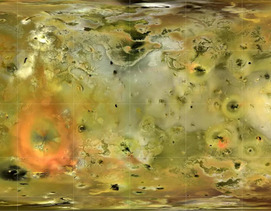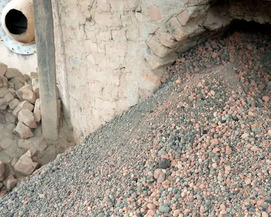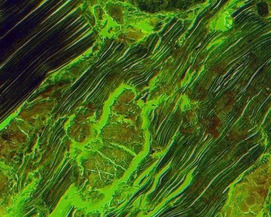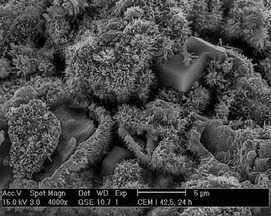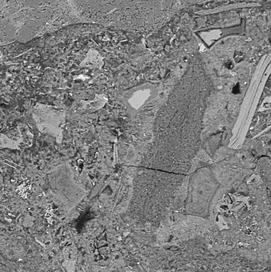Perspective: The Future Exploration of Io
Io is one of the best natural laboratories in the Solar System to study the intertwined processes of tidal heating, extreme volcanism, and atmospheric–magnetosphere–surface interactions. While substantial advances can be made with forthcoming ground- and space-based observatories, many outstanding questions can only be addressed with in situ measurements at Io. Several spacecraft will explore the Jupiter system in the next decade, but their capabilities to investigate Io are limited. A dedicated Io mission is neces- sary to capitalize on Io’s scientific potential. Previous Io mission concepts have spanned the gamut, including small spacecraft, multiple-flyby missions, orbiters, and landers. New technologies, including advanced solar power and radiation hardening, make Io exploration more tractable, and the potential for contemporaneous measurements from multiple spacecraft in the Jupiter system make a modern Io mission all the more compelling.
Perspective: The Future Exploration of Io Read More »


